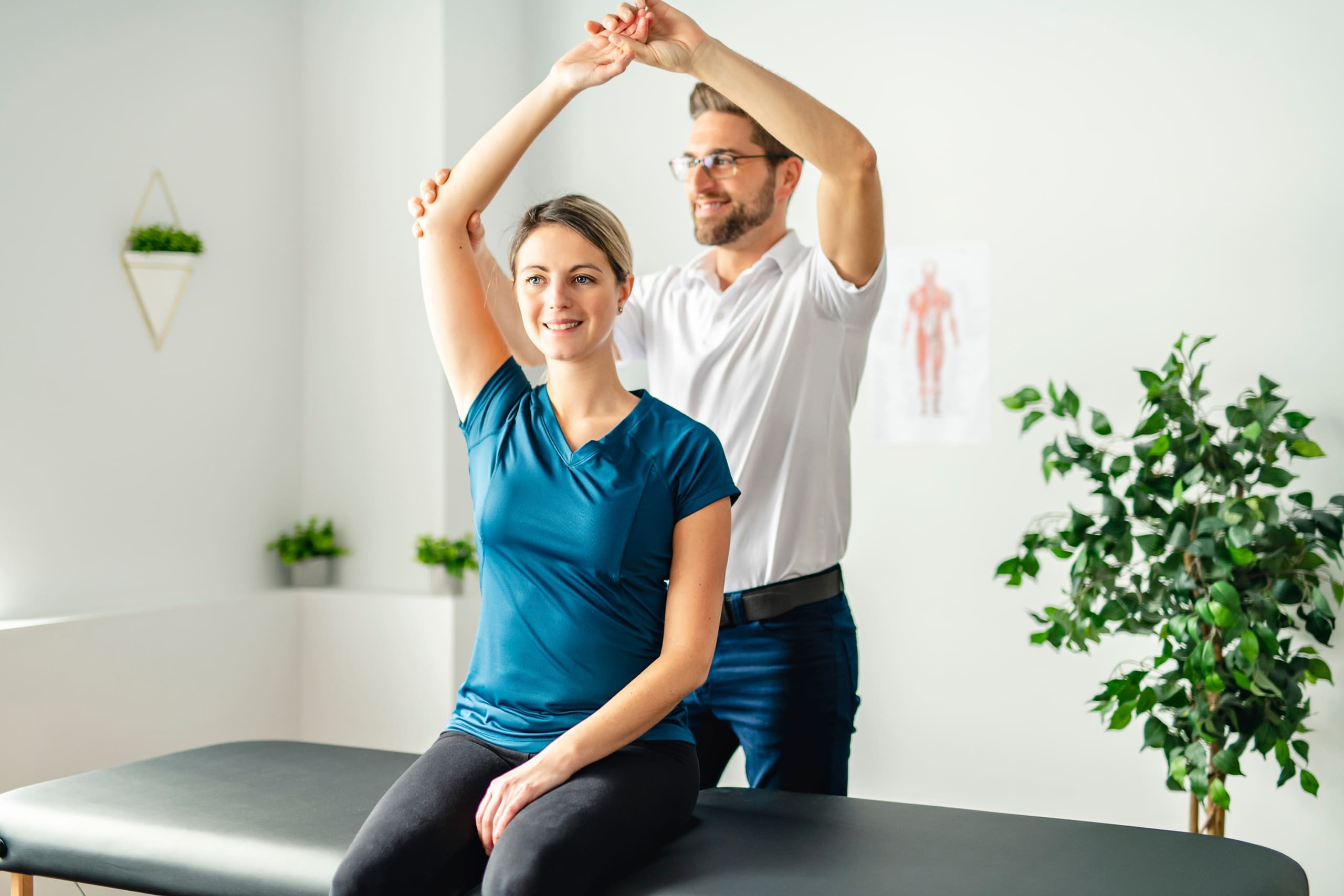Learning Frequent Sports Ailments as well as Effective Recovery Strategies aimed at Athletes
Learning Frequent Sports Ailments as well as Effective Recovery Strategies aimed at Athletes
Blog Article
Sports traumas are frequent among sportspeople of all ages and proficiency levels. These traumas can occur in various types, including ligament injuries, strains, fractures, and tendon inflammation. Comprehending the types of injuries that can occur during sports activities is crucial for both prevention and care. Sprains, for example, entail the stretching or tearing of connective tissues, which connect skeletal structures at a articulation. Muscle injuries, on the other hand, affect muscle tissues or tendon structures, which attach muscles to skeletal structures. Identifying these injuries promptly can help athletes obtain appropriate care and come back to their sport more rapidly.
One of the frequently frequently seen injuries in athletics is the ankle sprain. This trauma often happens when an athlete touches down ungracefully or rotates their ankle during a match. Symptoms of an ankle ligament injury include pain, swelling, and trouble walking. Prompt treatment typically includes the R.I.C.E. approach, which stands for Recovery, Ice, Compression, and Elevation. This approach aids reduce swelling and pain. In severe serious situations, physical therapy may be necessary to regain strength and flexibility to the ankle before returning to athletics.
Another common injury is a muscular strain, which can happen in all athletic activity that requires quick movements or intense lifting. Sportspeople may suffer a muscle injury when they stretch a muscular tissue too far or when they apply too much effort. Symptoms include acute discomfort, swelling, and muscle contractions. Rehabilitation for muscular injuries often entails light stretching and conditioning exercises. Slowly increasing exercise levels is crucial to avoid re-injury. Sportspeople should work tightly with a physical therapist to develop a safe and efficient rehabilitation plan.
Tendon inflammation is another injury that can affect athletes, particularly those who engage in repetitive motions, such as runners or aquatic athletes. This issue happens when a tendon structure, which links muscle to bone, becomes inflamed. Frequent locations involved by tendon inflammation include the elbow, shoulder, and knee. Symptoms often include pain and stiffness, especially during activity. Care for tendon inflammation usually includes rest, ice, and anti-inflammatory medications. In some cases, physical treatment may be suggested to enhance mobility and strength in the affected region.
Avoiding athletic injuries is just as important as treating them. Sportspeople can minimize their risk of injury by warming up correctly before events, using the appropriate equipment, and maintaining good physical condition. Strength training and flexibility exercises can assist ready the body for the demands of sports. Additionally, sportspeople should pay attention to their bodies and take breaks when needed. By comprehending frequent athletic traumas and implementing effective recovery strategies, sportspeople can remain healthy and participate in their favorite athletic activities for the original source a long time to come.